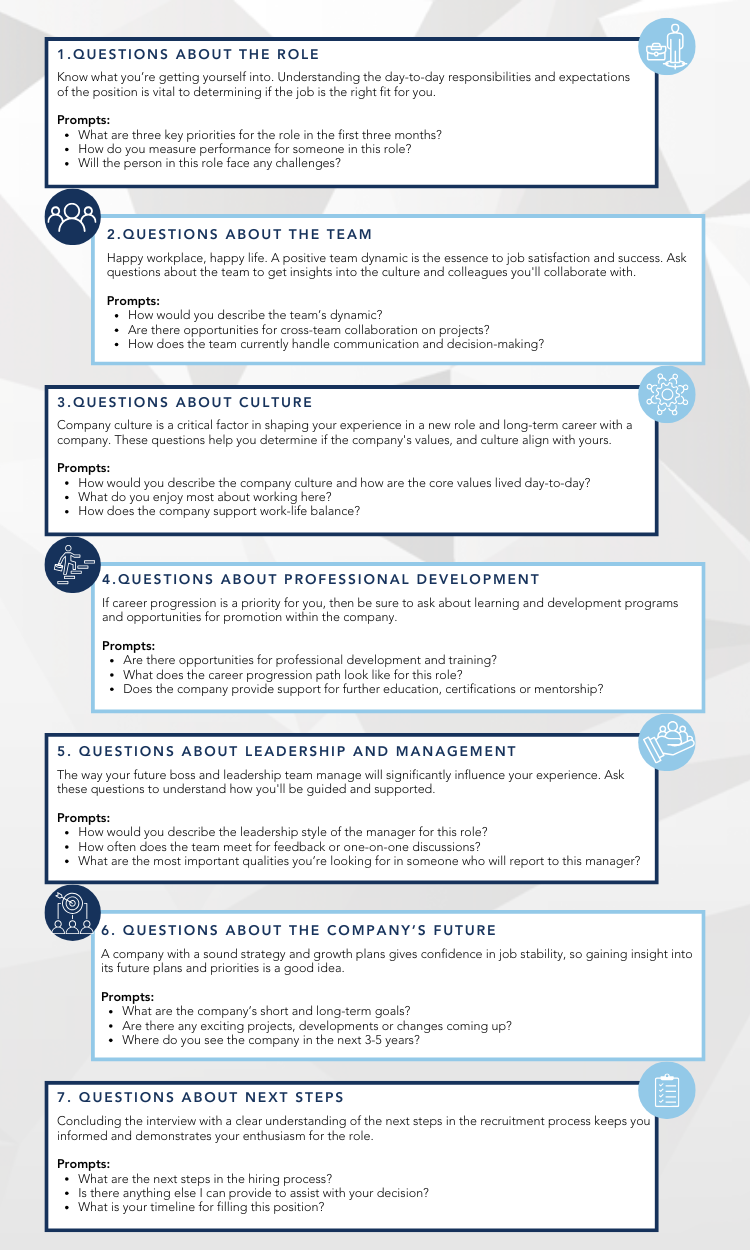It’s that time of year when we take stock of the market, and today, we’re sharing insights on what’s happening with salaries in engineering. If you’re in power systems, electrical engineering or resource projects, here’s what’s rising (and what’s not) and how these engineers are shaping the new era of mining.Why some engineering salaries are still risingWith the mining industry going through one of its biggest transformations, here are the main drivers that are keeping compensation elevated:Skills scarcity + major project demand: The resources and energy sector in Australia is expected to add roughly 22,279 new workers by 2030, across nearly 100 mining and energy developments. When demand rises and supply is constrained, it places upward pressure on pay.Premium for specialist electrical/power systems talent: One analysis found that electrical engineers topped the list for advertised salary growth in Australia’s fastest-growing jobs in recent months. When you bring a niche skill - say, grid connection, mine site power systems, HV substation design - you’re in a stronger negotiating position.Rapid change in project types: As mines pivot to electrification, renewables integration, remote operations and digital control systems, they need engineers who can bridge traditional mining power and new-tech skill sets. The shift accelerates demand for those hybrid skills.Retention pressure: With so much competition for talent, employers are offering more generous packages (or bonuses) to keep good people, which then raises the benchmark for the next hire. One survey found engineering roles posted salary increases of 9.5%-13.2% in the previous year.Where Engineering Salaries Aren’t Rising (or rising much more slowly)On the flip side, a few engineering disciplines are not seeing the same salary escalation:More generic engineering roles: If your role is “electrical engineer – general site” without specialist power systems, HV or project delivery credentials, you’ll likely see less robust growth. Standard roles may see moderate increases but not the 10%+ jumps.Over-supplied / junior roles: In areas where many engineers are available (entry-level or very generalist) the market is more balanced, so salary growth is constrained. One guide shows that for mining engineers average annual salaries range from ~AUD $118k–$163k, with experienced roles moving above that; but it reflects wide variation.Regions or projects with lower resourcing budgets: Employers working in tighter margin operations or projects in early-stage or remote sites, may not offer the same premium pay as high-profile or high-risk roles.Roles lacking the modern “value-add”: If the engineering role is purely maintenance or repetitive operations, without clear project leadership, change management or electrification/renewables design components, the salary growth tends to be flatter.What it means for electrical / power systems engineersIf you’re an electrical / power systems engineer (or moving into that discipline), now is a good time to capitalise on the market conditions. It’s a good idea to keep abreast of the industry’s future and consider the following actions:Highlight specialist power systems - HV/LV, mine site electrical design, grid-connect experience or renewable integration in your CV. These are premium skills.If you’re open to relocation, FIFO or project-based contract work, you’re likely to command higher remuneration.Negotiate; not just base salary, but bonuses/allowances (fly-in fly-out, remote site premium, shift allowances) and benefits (housing, relocation).Be aware of roles where salary growth is slower. If your current role falls into a generic category, you may want to upskill or reposition your profile.Keep an eye on the market: regularly review salary benchmarks (we can also provide this) to understand your value.With deep expertise in engineering and technology jobs and careers, we stay closely connected to the people and projects shaping the sector across Australia. Wherever you are in your career, we can help you navigate the opportunities. Get in touch with our team to find out how we can support your journey or search current engineering and technology jobs.
Read full article





















